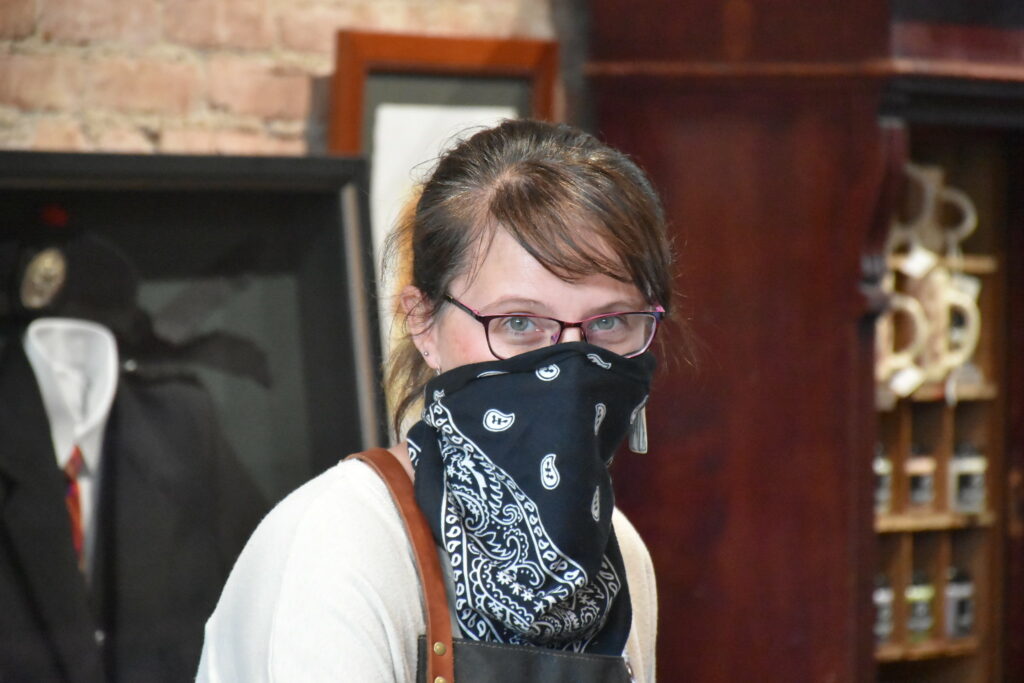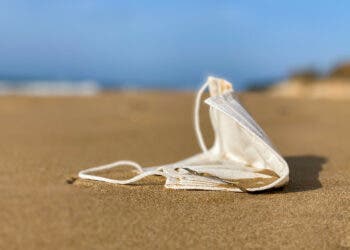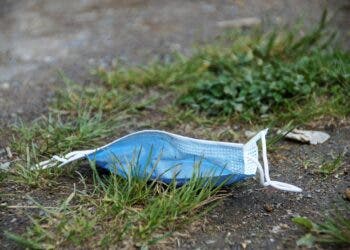Face masks made from layered common fabric can help filter ultrafine particles and provide some protection when commercial face masks are unavailable, according to a new study. The researchers hope the results will help inform makers when choosing which fabric to use for masks.

The pandemic has left many countries without sufficient quantities of face masks for the protection of medical staff, let alone for the general population. However, policies requiring individuals to wear face masks when they leave their homes have been implemented in most countries.
This has made home-sewn face masks a necessity for many, either as an affordable option or to meet the excess demand. Although widespread online resources are available to help home sewers and makers create masks, scientific guidance on the most suitable materials is currently limited.
Although not as effective as surgical masks, home-made face masks have been shown to provide benefit in filtering viral and bacterial particles, according to previous studies. Their main purpose is to limit the spread of viral particles from respiratory activity, rather than blocking the inhalation of any contagious particles.
A team of researchers from the University of Cambridge and Northwestern University tested the effectiveness of different fabrics at filtering particles the size of most viruses such as COVID-19. They did so at high speeds, comparable to coughing or heavy breathing. They also tested N95 and surgical masks.
“Fabric masks have become a new necessity for many of us since the start of the COVID-19 pandemic,” said first author Eugenia O’Kelly. “In the early stages, when N95 masks were in extremely short supply, many sewers and makers started making their own fabric masks, meeting the demands that couldn’t be met by supply chains.”
For the study, the researchers built a device consisting of sections of tubing, with a fabric sample in the middle. Aerosolised particles were generated at one end of the apparatus, and their levels were measured before and after they passed through the fabric sample at a speed similar to coughing. They also consulted with online sewing communities to find out what types of fabric they were using to make masks. Due to the severe shortage of N95 masks at the time, several of the sewers reported that they were experimenting with inserting vacuum bags with HEPA filters into masks.
The findings showed that most of the fabrics commonly used for non-clinical face masks are effective at filtering ultrafine particles. N95 masks were highly effective, although a reusable HEPA vacuum bag actually exceeded the N95 performance in some respects.
Homemade masks made of multiple layers of fabric were more effective, while those that also incorporated interfacing, normally used to stiffen collars, showed a significant improvement in performance. Nevertheless, this improvement in performance also made them more difficult to breathe through than an N95 mask.
The researchers also looked at the performance of different fabrics when damp, and after they had gone through a normal washing and drying cycle. They found that the fabrics worked well while damp and worked sufficiently after one laundry cycle. However, they caution masks shouldn’t be used indefinitely.
“We’ve shown that in an emergency situation where N95 masks are not available, such as in the early days of this pandemic, fabric masks are surprisingly effective at filtering particles which may contain viruses, even at high speeds,” said O’Kelly in a statement, hopeful over the implications of the study.
The study was published in the journal BMJ.






